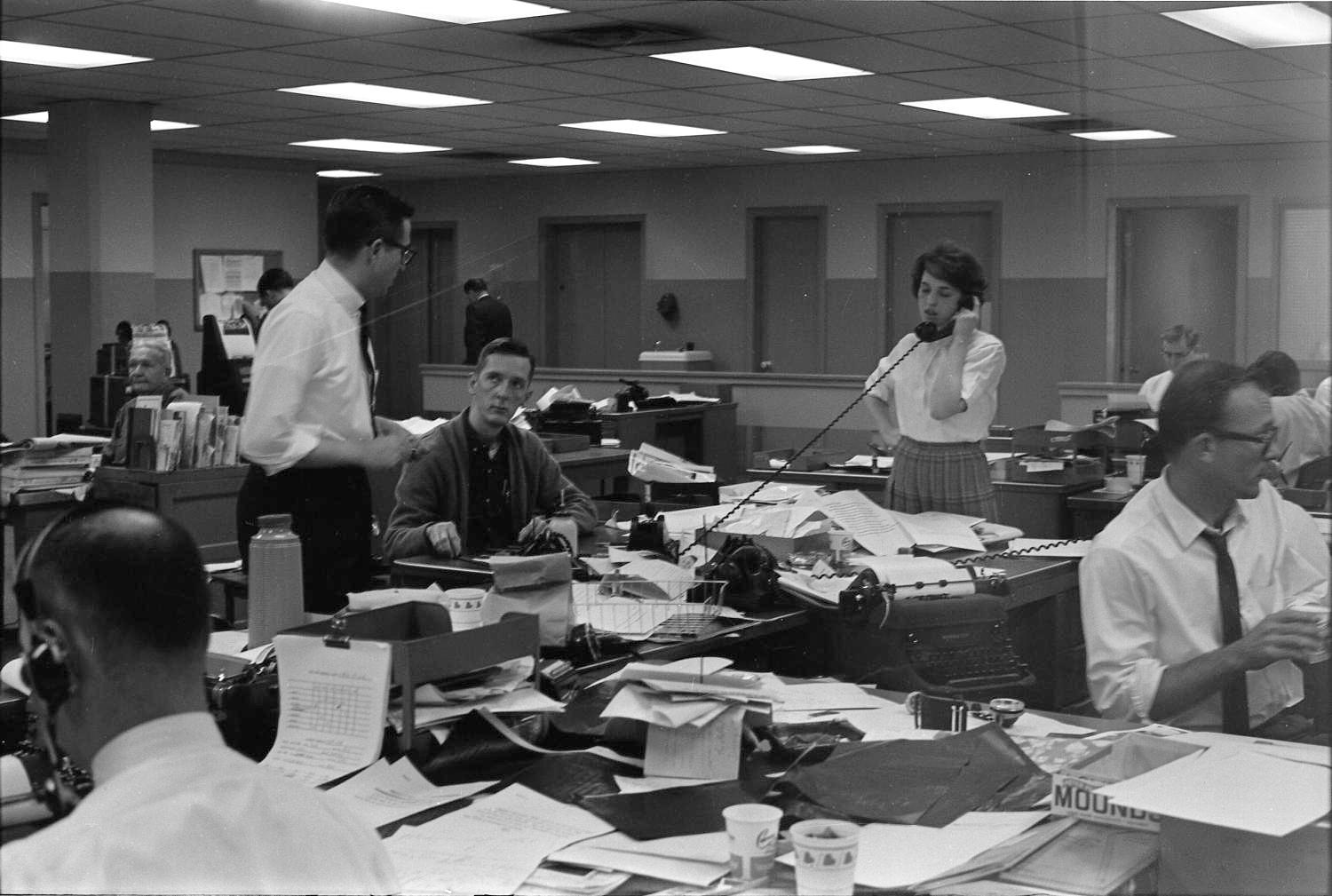

The Kansas City Star and Times in the 1960s were visual throwbacks to the newspapers of the Spanish-American War. Multi-deck headlines were the rule—as many as six for front page stories. To me, captivated by evolving newspaper designs, especially those of the New York Herald Tribune, they were an embarrassment. So at some social event when I was the new University of Kansas correspondent for the Star, I got up my nerve and cornered the newspaper’s managing editor, Cruise Palmer. Why, I asked, do the Star and Times persist in this antiquated design?
Palmer knew me as one of his minions and could have swatted me off. Maybe he noticed I asked the question with a smile. He happily launched into a multi-minute defense of the newspaper’s design (I sensed I was not the first to confront him on this matter). We could look like every other newspaper, he said, but who could distinguish us from the pack? Our design may look old, he said, but it is unique to us and our readers know us for it. I was wise enough to thank him for the explanation and shut up. Today the Newseum posts online http://www.newseum.org/todaysfrontpages/ the front pages of hundreds of U.S. newspapers. It is depressing how alike they look. Maybe Cruise Palmer (he died in 2011 at age 93) had a point. The fact was, visually antiquated or not, the Star was very easy to read.
But if you dare to be dull, you had better damn well be good. That the Star and its sister the Times certainly were. The newspapers, owned by their employees for 51 years, until sold to Capital Cities/Disney in 1977, appeared to me not to be managed for the bottom line alone. The newspapers seemed to feel the burden of civic leadership, a debt all great newspapers owe their cities and regions. They set the civic agenda for Kansas City, often opposing but also coexisting with the city’s Democratic Party machine.
In my two years working for the newspapers from the University of Kansas, I made numerous trips to the newsroom on any pretext I could dream up. I drifted from desk to desk and struck up conversations with reporters. The remarkable memory I carry to this day is the lack of cynicism from these men and women. They loved their jobs. They loved or at least tolerated their employer. They thought the Kansas City Star and Times a good place to work. Years later, working for employee-owned U.S. News & World Report magazine, I would experience similar feelings of pride and accomplishment.
I loved writing for the Star and Times. Few aspiring journalists had the advantages I did, working for those newspapers. These were not classroom exercises associated with report card grades. I was writing almost daily for real big city newspapers at age 20, run by real editors who were unwilling to put up with people who couldn’t pass their high bar. And believe it or not, the University of Kansas was a constant source of news. More about that in subsequent posts.
